HISTORY OF
THE BATHS
A GIFT FOR
THE PEOPLE OF
HALIFAX
The King’s Church has its home in the former Park Road Swimming Baths – here we explore the history of this amazing building.
Public health concerns
As in many other towns in the 1800’s, public health was a big concern as sanitary conditions were very poor. In 1851, concerned by the growing appalling sanitary conditions in a town where the population was growing rapidly, William Ranger produced a report raising his concerns about the conditions in which the residents of Halifax were living. As a result of his report, the Borough Council made an application to have the provisions of the 1848 Public Health Act applied to the town. Permission was granted and extensive powers allowed the Council to borrow the money needed to begin to bring in water from outlying areas.
One of the first major constructions to take place under these powers was the construction of Ogden Reservoir. Work began on the reservoir in 1858 and it was completed in the same year. As a consequence, this meant at last a large, fresh, clean water supply was available. Drains were constructed through the town to help improve sanitary conditions.
Park Road Baths
The gift of People’s Park
The Halifax Corporation held a meeting on Wednesday 22nd July 1857. During this meeting Francis Crossley, a prominent businessman of the time, gave to the people of Halifax an area of parkland. This was to be called ‘People’s Park’, a park for the people! His idea was to ensure the inhabitants of Halifax, many of whom worked in the big mills had somewhere to go to breath fresh air and relax. He wanted them to be able to get away from the grime of the mills. It was decided at the same time, this would be the ideal site for the new baths. This would enable people to bathe, walk in the park and hopefully improve the quality of their lives.
Plans are approved
Advertisements were placed in the local newspapers inviting architects to submit plans. As an incentive, the architect submitting the chosen design would win a premium of fifty guineas. In August 1858 the Waterworks Committee finally chose a design by the borough engineer, Mr. G. W. Stevenson. Tenders were then invited. These varied from £5,373 to £7,555, but it was decided that the baths could be built for less than £5,000.
Building work begins
The construction of the baths began in early 1859, the final construction work being completed later that year. The entrance was to be from Park Road, next to one of the entrances to the Park. The main doors opened into the vestibule, a centrally located ticket office divided access to male and female facilities.
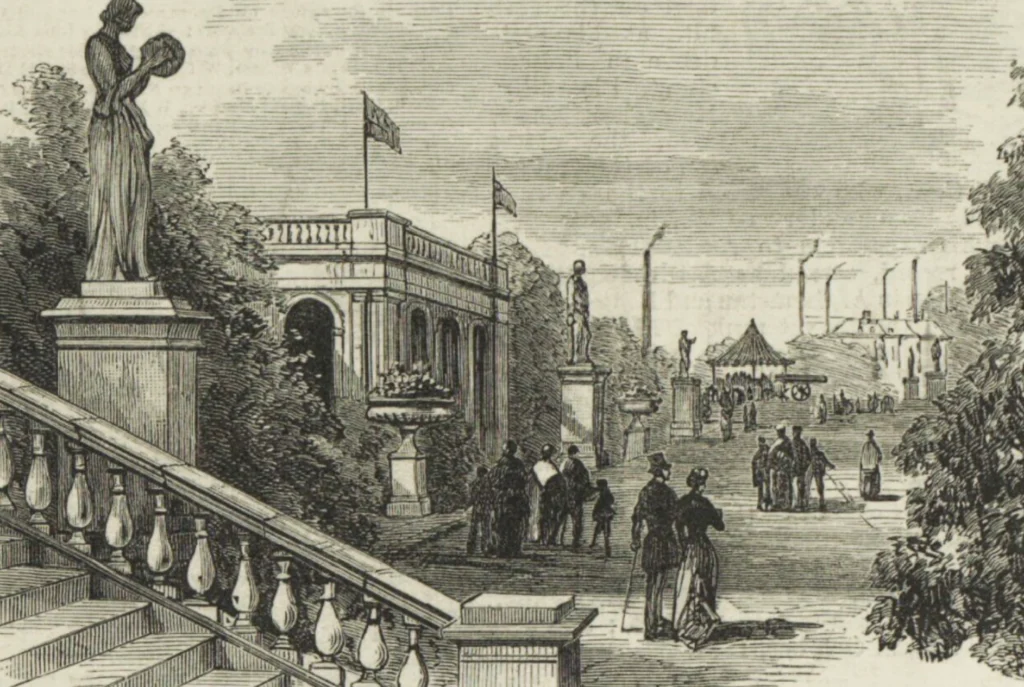
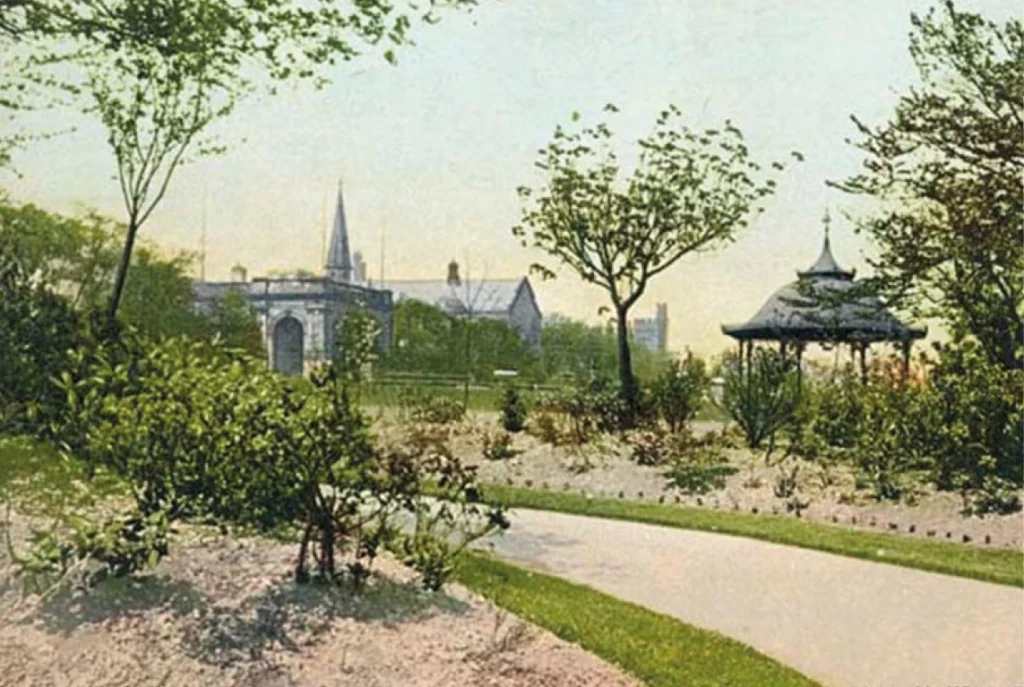
Ladies’ pool
There was uncertainty as to how popular this would be. At the time ladies didn’t often take part in strenuous physical exercise. So, it was decided to build a smaller pool suitable for ‘delicate lady like splashing about in the water’! This was built on the left-hand side of the building. It measured 23 ft 10 ins long by 16ft 6 ins wide and was equipped with five dressing boxes and a waiting room. In an adjoining room, there were twelve ladies’ ‘slipper baths’ (small bath size tubs).
Gentleman’s first and second class pools
The bath keeper’s residence
To keep up to the day to day running of the pools it was necessary to employ a bath keeper. The bath keeper and his wife lived on the property. They resided on the first floor, opposite to the slipper baths and were paid £600 per year.
As the baths were built in the days before chlorine was easily obtainable, and to keep them clean, the water in the pools had to be changed every other day. This must have been a huge task, unthinkable by today’s standards.
Boiler house
This was located in the basement and housed two massive boilers which produced the steam to heat the water in the pools. The laundry area was also to be found in the basement.
Open Day
It does not seem that a grand opening ceremony ever took place. The baths were opened gradually as each phase was completed. Eighty-five people attended for bathing on the first day, the first bather being Councillor Swale, one of the bath’s Management Committee. Two weeks later the total number of bathers rose to 2,017. It was reported that the baths for the ladies had ‘not yet been well attended but that this might be due to the fact that the weather was inclement’!
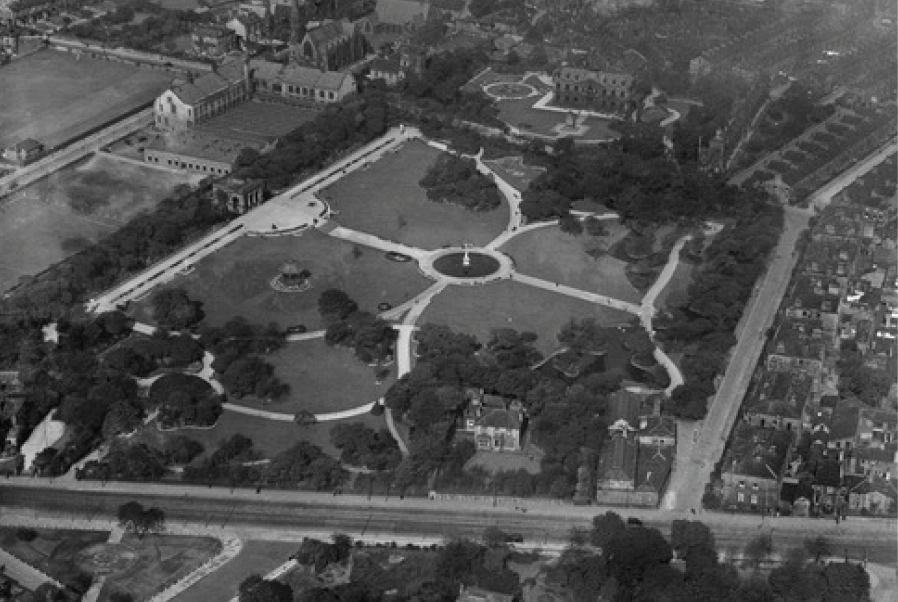
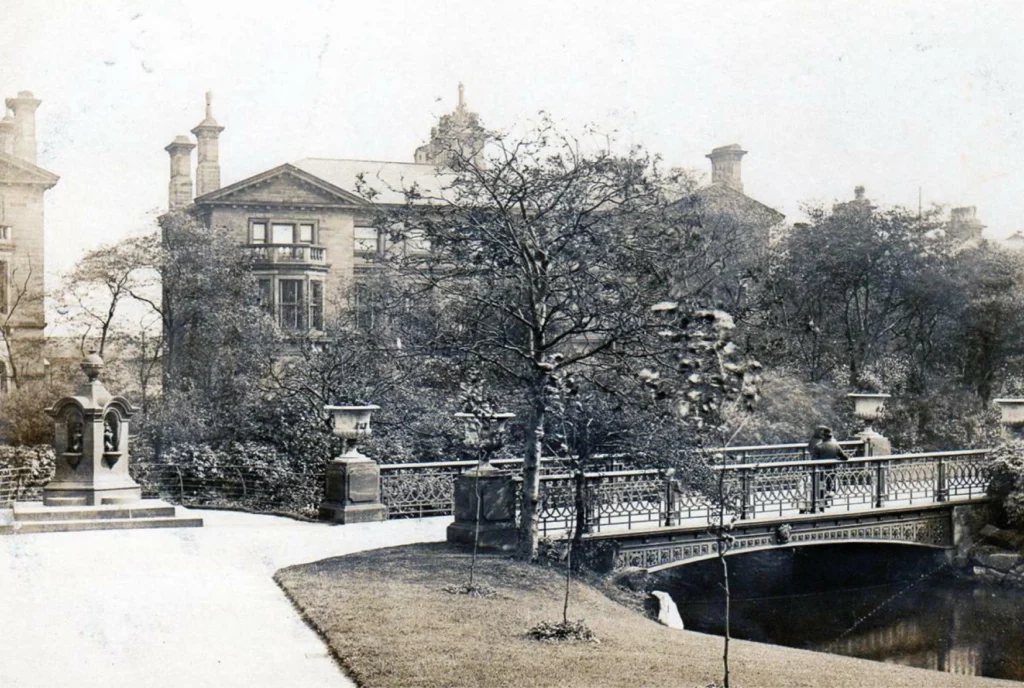
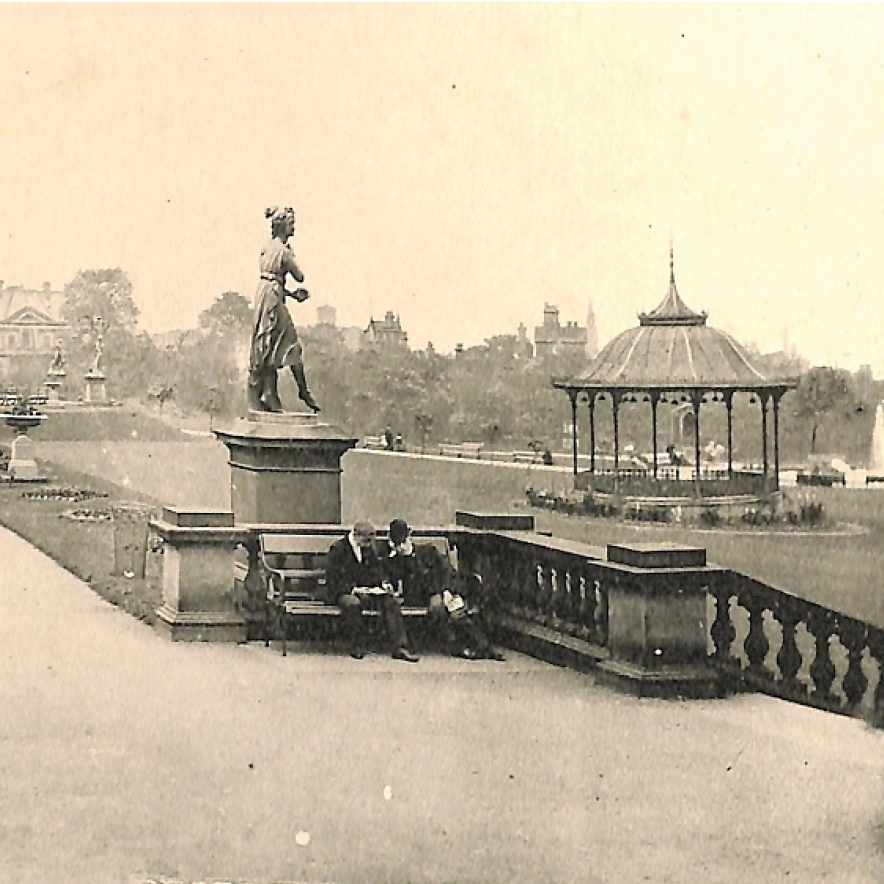
1860 Onwards
During 1860, bathers flocked to the baths. Due to the immense popularity of the baths, in March of that year, season tickets were made available. Later that year a coal cellar was constructed near to the park gates to store the massive amounts of coal required to keep the boilers going. In 1864 the Halifax Swimming Club was formed and held its first competition at the baths on Tuesday 29th March 1864.
In 1893, as more ladies took to swimming, the ladies plunge bath was closed as this was now too small. They began to use what was the former gentlemen’s second-class bath. Mixed bathing did not take place until the beginning of the 20th Century.
The baths remained unchanged until 1921 when it was found that the iron roof trusses had decayed. Two new concrete roofs were placed over the two bath halls, which can be seen today. Other changes included the old slipper baths being removed and eighteen new dressing boxes being provided for both gentlemen and ladies. On the ground floor in the area once occupied by the small ladies’ pool, twenty eight new slipper baths were built for ladies. It was decided that it wasn’t necessary to employ a resident bath keeper any longer, so in the area on the second floor, which was once the bath keeper’s residence, a further twenty one slipper baths were added.By 1944 though, the boilers had become worn out and the local authority’s insurers refused to accept continued liability for them. As there was no finance available to replace them, the baths were closed.
The control of the bath is handed over
In 1949 the Education Department took control of Park Road Baths and spent a large sum modernising them and bringing them up to the required standard. On the left-hand side, the ground floor slipper baths and small dressing boxes were removed and two large changing rooms were built in their place. With the removal of the poolside cubicles the baths were re-constructed and re-built slightly wider and shorter than they were previously.
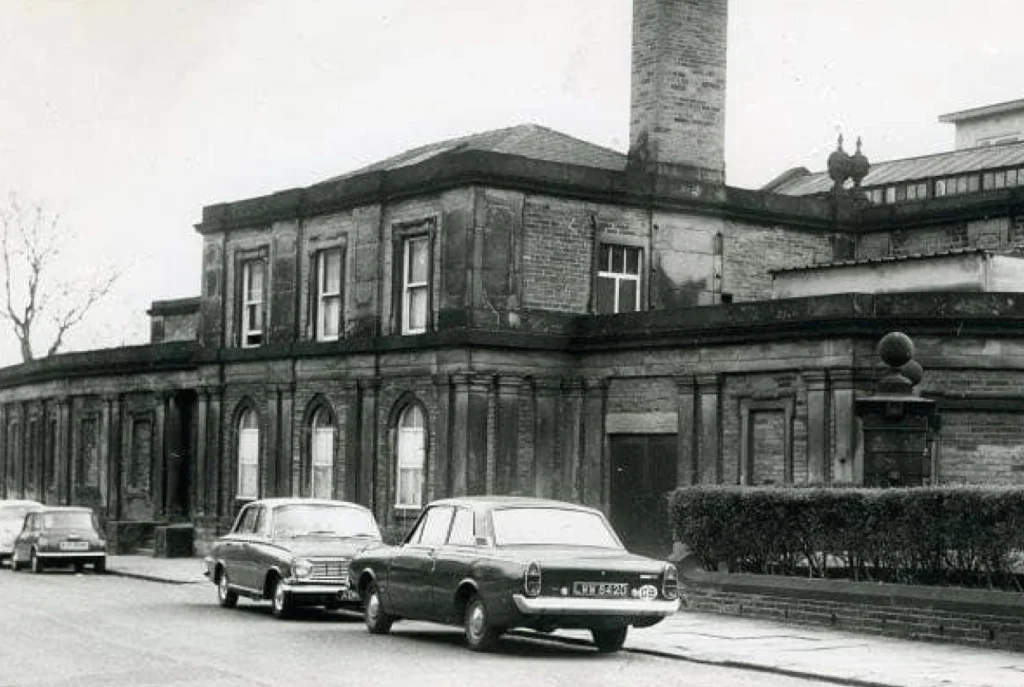
An unsure future
In May 1974, due to the planned construction of Burdock Way, it was decided that one of the two pools would have to be demolished, to enable the construction of the six –lane highway. In the end, due to public pressure, the bath was saved, though several nearby properties were removed.
In July 1990, as part of the council’s cutbacks, it was announced that the baths were to close. The baths were eventually put on the market in September 1995. The council requested sealed bids, offers to be made in the region of £50,000.A NEW FUTURE FOR THE BATHS
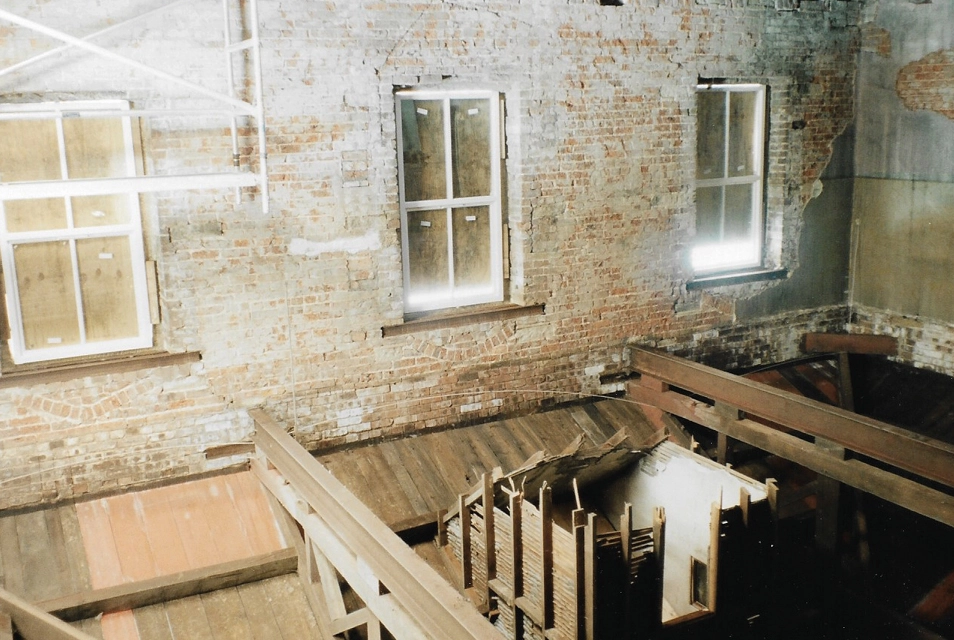
First Phase
The aim of the first phase of the building work was to fill in the first pool on the right hand side of the building and put in a mezzanine floor, making two levels. On the bottom level we constructed a small kitchen, crèche, children’s work room and a small seminar room. On the upper level work began on completing what would become our worship hall, seating around 120 people. At this time the Church met on Sundays at St. Mary’s Community Centre – so it was with great excitement when we finally in December 1997 opened the upstairs hall in which to worship and praise God. We then completed offices on the first floor and a reception area and office on the ground floor.
In October 1998 we completed the renovations of the first floor with the opening of a large youth room (which was once the old slipper bath room). This gives the young people of the Church somewhere to meet and hold their weekly meetings.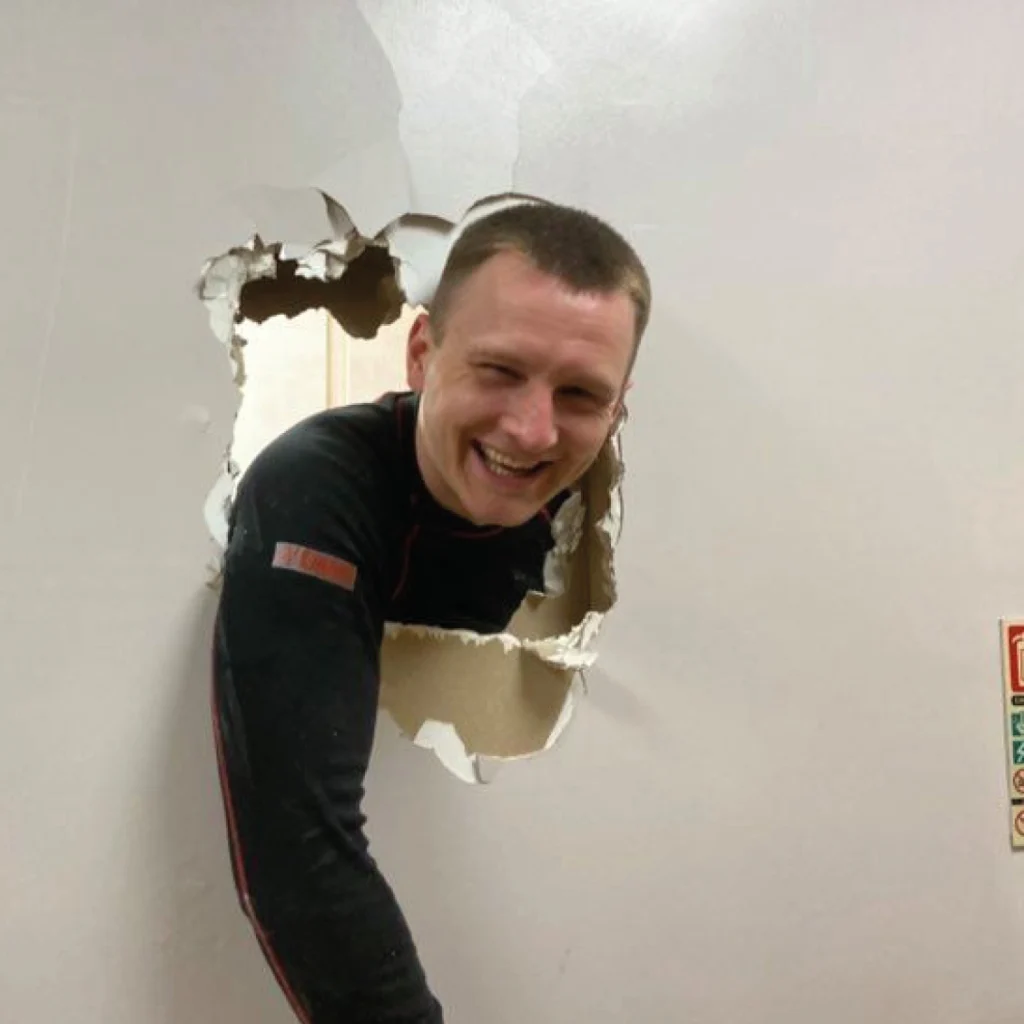
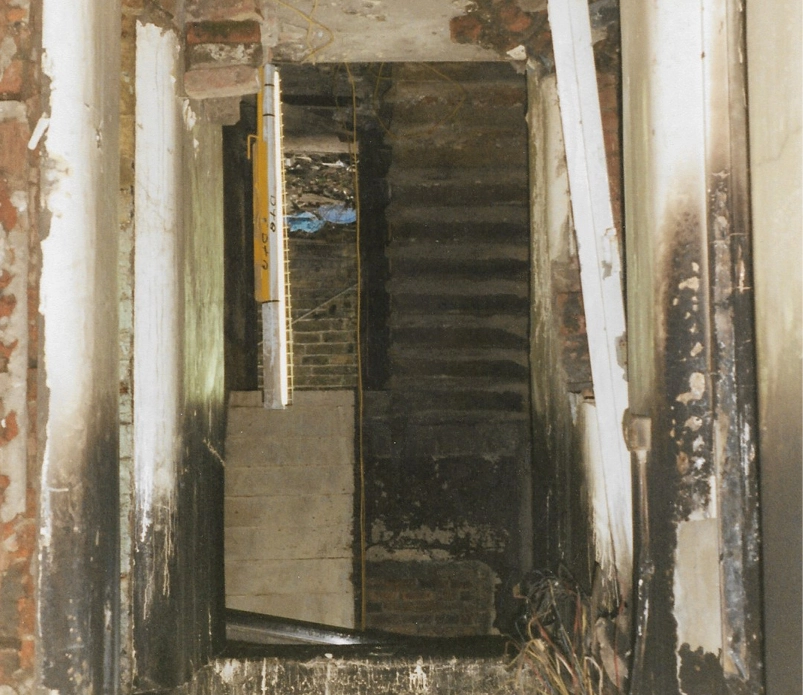
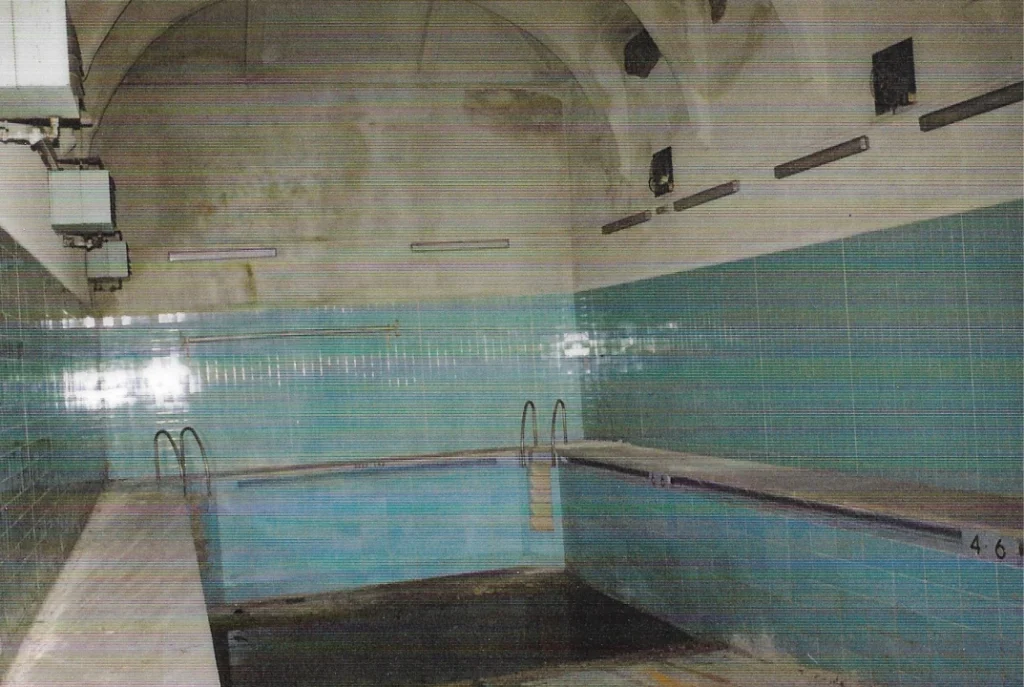
Second Phase
In October 2000 we completed the end of the second phase of the renovations, which began in January 1998, this involved filling in the second pool, replacing the windows and putting new glazing in the roof. This has now become our main auditorium, where we hold our Sunday Gatherings, it seats around 330 people. We have also built a baptismal pool under the floor to enable us to hold baptisms on a regular basis.
Third Phase
The third phase of the renovation was to turn what was the old boiler house, where the water for the pools was heated, into The King’s Coffee House. This opened on 16th July 2008 and has two levels, providing comfortable and pleasant surroundings for people to have a coffee and lunch. The King’s Coffee House is open Monday to Friday.
We have been awarded a National Heritage Award for the work done in transforming the Grade 2 listed building.
With the restoration of Peoples’ Park, people often ‘drop in’ for a look around while visiting the park. Lots of visitors, who can remember swimming in the baths, have commented, ‘It’s lovely to see the building back in use again’.